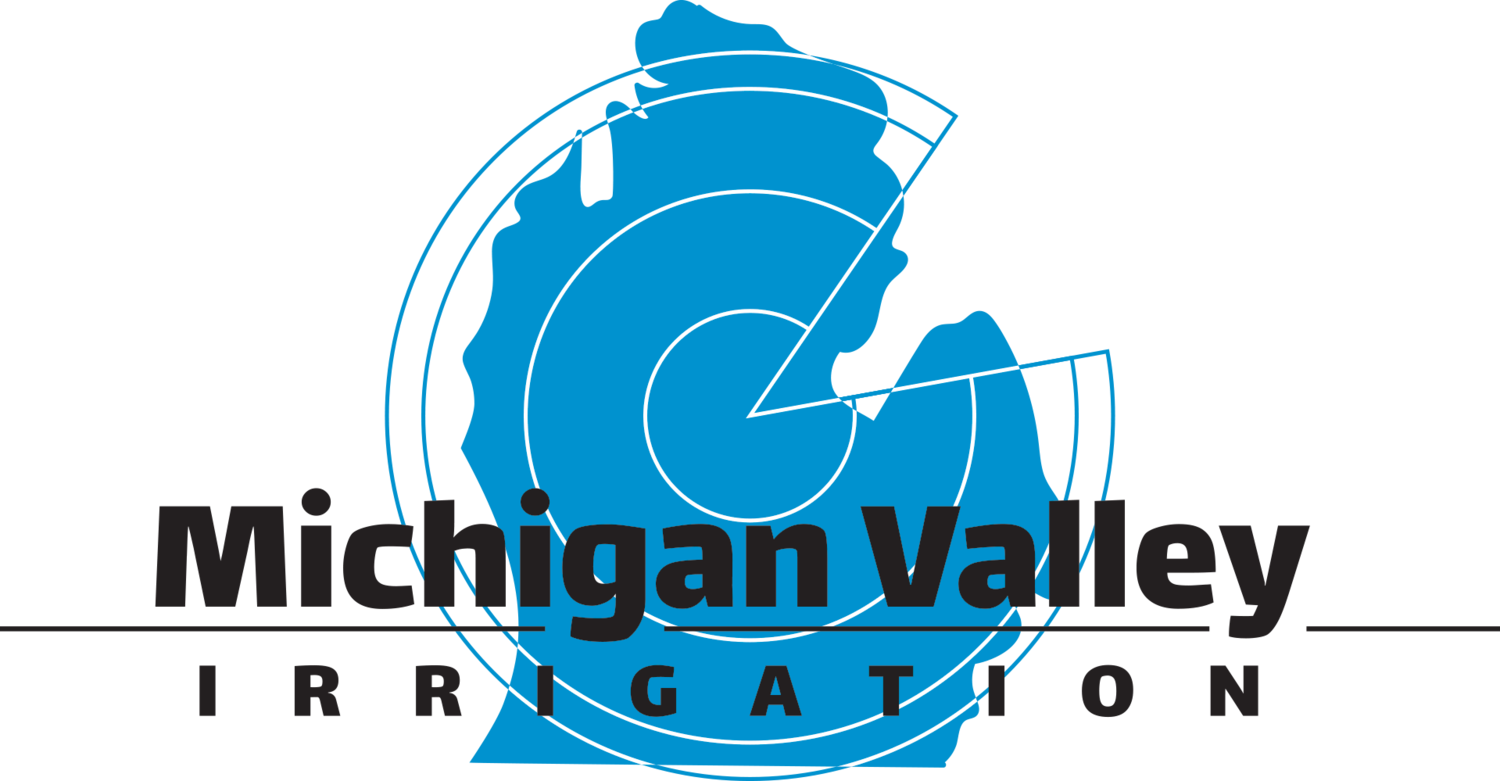Specialization vs Diversification in Agriculture
Which system is best for my farm?
Let’s look at a little history. Going back about a hundred years, farms in this country were diversified with livestock, crops, and probably some fruit and vegetables, or at least a big garden. Most crops were grown to feed their livestock. Perhaps there were a few extra acres to sell for cash to purchase inputs for the next year’s crops. A little bit of everything so the family had a nice variety of food for consumption and the crops were rotated, the manure was fertilizer, and cover crops were used to prevent erosion and provide some pasture or feed for the livestock.
Jumping ahead to the last 40 years or so, specialization progressed very rapidly. Bigger and better equipment allowed many more acres to be farmed. The world wanted our food. Rapid improvement in genetics changed farming practices and increased production came much faster than cross breeding our crops and livestock. Individual farms no longer raised dairy, beef, hogs and chickens, but only one species. Some even went to the next level and didn’t raise crops for feed. Crop farms discontinued livestock and reduced varieties of crops down to one or two instead of five or more. In many cases crops and livestock were no longer produced by the same farm. Some dairy farms became so specialized that not only did they stop growing feed, but they also no longer raised their herd replacements. While crop yields per acre have increased, some studies have shown gross food produced per acre per year has decreased under the specialization model.
This specialization impacted American farms in several ways:
Created nutrient depletion in the soil (same few crops, no livestock)
Simplified planting, fertilizing, and protecting with only a few crops
Increased potential environmental impact with large livestock manure storage structures
Market volatility created bigger swings in cash flows with crop and livestock specialization
Improved negotiating power with markets by producing higher volumes
Reduced the variety of equipment required with minimal plant and animal species
Increased the size and cost of individual equipment to cover more acres
Governmental agencies stepped up control attempts with CAFO’s and increased chemical use as crop protectants
The best financial analogy I can think of is that we have gone from having a balanced portfolio of small, mid and large cap stock funds combined with some bond funds to holding two or three individual stocks. While neither of these scenarios are bad or good, they are just different. Probably the worst idea is to try and be both.
This is a great time of year to step back and take a look at your situation. What are my assets and my strengths? Am I using them to generate the best return? Communicate with your management staff and employees and seek their input. Consider bringing in an outside source to give you some perspective. One thing I can guarantee is that things will continue to change, so reassess regularly.
About the Author
Pete is the marketing manager for Michigan Valley Irrigation, having joined the company in 2016. He was raised on a dairy farm in western New York and graduated from Cornell University with a B.S. in agricultural economics. His entire working career of over 37 years has been involved in agriculture. A farmer helping farmers. When away from Michigan Valley he operates, Joyful Noise Farm, a small livestock and produce farm and spends time with his family.





